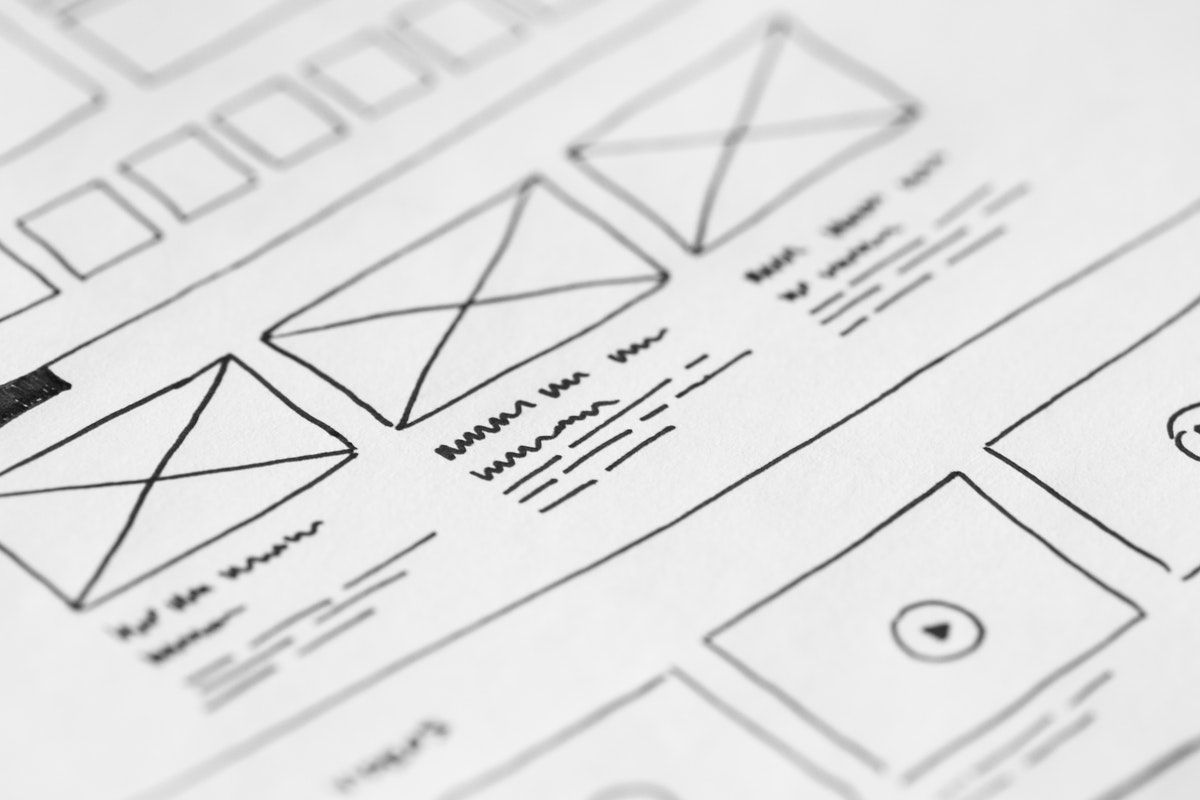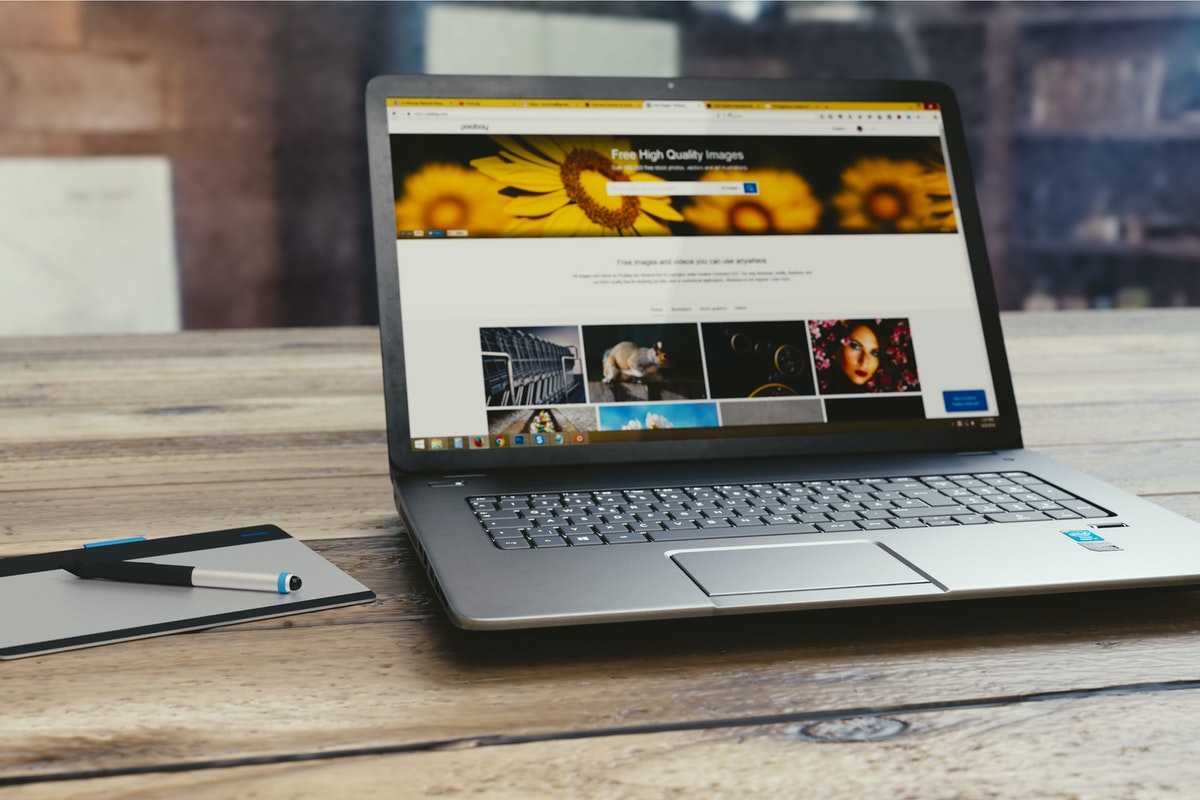Business-to-business (B2B) startups face unique challenges. They create products and services focused on other businesses, so they should know how their customers work and what they value. Whether you are a credit card processing company or a SaaS business, your task is to understand and anticipate the clients’ unique needs.
B2B startups may deliver flexible services, but the quality of UX design is a must-have for all products. However, you don’t have to be a business guru to know that everyone needs excellent UX design, and most importantly a competent UX designer. By the way, you can find some pieces of advice on how to hire a designer and what questions to ask them here in this article. Now, let’s discuss in more detail why UX design plays such a massive role in B2B startups and how to make sure it meets customers’ expectations.

What Is UX Design and Why It Matters
User experience (UX) is the basis of digital product development. Unlike user interface (UI) design dealing with the visual elements, UX focuses on more fundamental things such as utility, value, ease of use, and customer satisfaction. It deals with aspects that determine how users experience the product and its impression on them.
UX design is the core of any B2B product, so its importance can hardly be overestimated. Well-thought, comprehensive UX design can exercise just the right effect on the customers. It considers their wants, needs, behaviors, and use context, making it all about people. Thus, a product boasting excellent UX design communicates a clear message to clients. It says that the company cares about the experience and is willing to make it pleasurable.
Role of UX Design in B2B Startups
Why should B2B startups care about UX design so much? It’s not enough for B2B companies to develop a product their clients will love to use. It is the product’s ability to help businesses achieve their short- and long-term goals that matter the most.
Let me give you an example. Suppose a company is searching for secure antivirus software. You offer them a product that is easy to use and update. However, it does not protect the company’s data well enough. It means that UX design failed to consider the customers’ needs and goals. Depending on the business type, these goals may vary:
- Reduce costs
- Increase revenues
- Increase customer retention
- Protect data
- Increase workflow efficiency
High-quality UX design helps consider these needs so that the product would be truly valuable for the target users.
Alternatively, the antivirus may be 100% secure, but clients may struggle with using it because the interface is difficult to navigate. It means that your UX design failed to account for the importance of user-friendliness. All in all, UX design matters because it helps maintain the balance between value and usability.
UX Design Steps for B2B Companies
UX design process may vary from company to company. However, several basic stages are essential for any B2B startup.

Research
It’s impossible to initiate any UX design efforts without knowing the customers and the market. Therefore, the first thing to do is to collect as much data as possible about the following:
- Customer needs, demands, and expectations
- Competitors
- Market conditions
Relying on one’s assumptions or creativity is never a good option, as one may fail to achieve an optimal alignment with customers. Seeking potential customers’ input is always a good strategy, as no one would give you more valuable information than your target audience.
Defining the Problem and Solution
Now that you have all information you need, formulate the problem and determine how your product will address it. One of the best tips for hiring a UX/UI design agency is to pay attention to how they identify and approach a certain issue to better evaluate their expertise.
For example, you found that there are no antivirus software tools for businesses that will offer different levels of protection for different employee groups. Your customer surveys and interviews showed that people are not satisfied with available options and search for flexible and user-friendly alternatives. Here you are! You’ve got everything you need to determine the focus of your product.
Build a Team or Outsource
You can start looking for people to implement the project when you have a well-defined product idea. You can hire an experienced company to find UI/UX design solutions for you. In this way, you can control the level of your involvement in the UX design. You can give free rein to experts or control every step of the process – whatever works for you.
Another option is to hire an in-house team. It is a more expensive approach to product development, but it allows you to hire a UX designer you trust. In addition, the team should include a project manager, UI designer, QA engineer, etc.

Create a Minimum Viable Product (MVP)
There is no better way to test your UX design than use an MVP. Create a product with minimum features and functionality to meet your customers’ needs. It doesn’t have to be pretty or perfect but should have just enough to attract customers and test your ideas. Let real customers try it and then collect their feedback. Carefully note the main points of criticism and adjust your UX accordingly.
Develop a Final Product
Simplicity, clarity, and ease of use are the main features of your final product. It is not a puzzle but a workplace tool, so create fluid experiences that prevent any guesswork. Your product should bring users along the path of least resistance with minimal effort and offer a minimalist but attractive interface. If you work with businesses, follow the best UI design principles as well. For example, keep the design professional. In practice, it means avoiding flashy colors and distracting visuals and videos.
Here are some best UX/UI design practices that should be present in the finished product:
- Visual hierarchy and proximity
- Visible call-to-action buttons
- Intuitive design
- Moderation with the use of pop-up windows and long lines
If your product targets businesses, it should be accurate and predictable. Time is money, so your product should save this precious time to stand out from competitors.
Summing Up
To sum up, taking UX design seriously is essential for the B2B company to succeed. Please don’t underestimate the power of sophisticated, well-thought UX design because it determines how customers experience the product. With proper investment in UX design, you can create a digital product that would boost your clients’ performance and revenues.